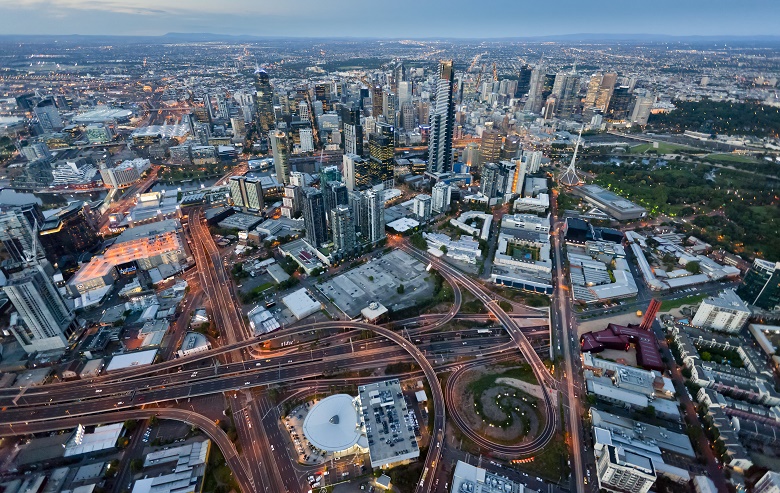Infrastructure Australia has prioritised regional road safety and smart technology to reduce traffic congestion among Australia’s development agenda.
In its annual list of top priority projects, the statutory body has also named the reliability of the electricity network and rolling out electric vehicle fast charging sites as among worthy initiatives.
Infrastructure Australia’s 2019 Infrastructure Priority List, released yesterday, lists 121 projects, which come with a total price tag of $58 billion.
Congestion-busting updates to national transport networks and regional and urban roads are among the selected projects.
The report warns that without suitable investment and management the cost of urban congestion in Australia could rise from $13.7 billion in 2011 to $53.3 billion in 2031.
A road network optimisation program focusing on managing congestion through technologies like traffic optimisation and intersection treatment should be rolled out in the next five years, the report says.
The development of a corridor between Melbourne, Sydney and Brisbane to provide for a high-speed rail should also be completed in the next five years to improve mobility between states, Infrastructure Australia says.
The report also advocates addressing the 55 per cent of road fatalities occurring in regional Australia through targeted infrastructure improvements like alignment corrections and safety barriers.
With demand for freight task expected to increase by 86 per cent over the next 15 years, Infrastructure Australia wants the National Freight and Supply Chain Strategy to be finalised in the next five years to guide future investment.
Electric car charging ports
The priority list provides for the roll-out of a national fast-charging network for electric cars within the next five years.
Limited access to electric vehicle chargers is hindering the adoption of electric vehicles, the report argues, with electric vehicles likely to account for 30 per cent of the national fleet in two decades.
Boosting the reliability of the national electricity market was also listed a priority in the next five to 15 years, with the report identifying the need for new and increased transfer capacity between regions, and network access to energy and renewable energy sources.
States and territory priority projects
A number of transport infrastructure projects were named as key priorities, with Sydney’s M4 upgrade, Sydney Metro and Western Sydney Airport named as high priorities in NSW.
In Victoria, the M80 Ring Road upgrade, Monash Freeway Upgrade and North East Link were also listed as high priorities.
In Queensland and Western Australia, the Brisbane Metro and Metronet were identified, while in South Australia Adelaide’s North-South Corridor and the Gawler Rail Line electrification were included.
Comment below to have your say on this story.
If you have a news story or tip-off, get in touch at editorial@governmentnews.com.au.
Sign up to the Government News newsletter.




Updating regional roads is fine, but what about getting people off the roads in regional areas and reinstating our passenger rail services which were stripped from so many inland lines many decades ago?
Our forefathers build a wonderful network of rail lines across NSW which should still be in operation. And if they were still operating, many of the towns in regional NSW would not by dying now. However, the state’s annual regional infrastructure budget of 30% is being constantly eroded by ‘citi-centric’ politicians and bureaucrats resulting in a huge chunk of that money being redirected back to projects in the city instead. As a result, maintenance and upkeep of these vital passenger transport assets was not kept up and these country lines soon fell into a serious state of disrepair with many closing altogether. There is only one way for NSW to move forward and that is by encouraging mass decentralisation. Reinstating passenger rail services in regional areas is the only way to move forward if you want this state to grow and prosper. And quite frankly, Newcastle and Wollongong should no longer be considered “regional”. They are both stand-alone metropolitan hubs and therefore no more “regional” infrastructure money should be spent in those cities. Spent it where it’s really needed instead – in the west of the state!
The dis-connection of far western rail services has been a development disaster and those lines need immediate rectifying for reopening and expanding.